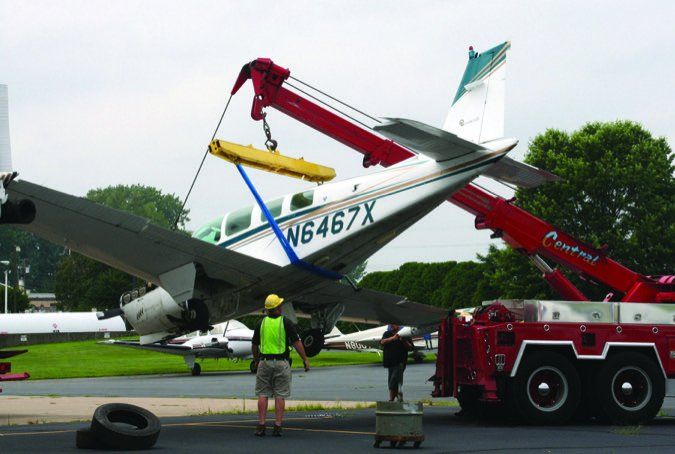Somehow we don’t think She’s real fine, my 709 will ever be the intro lyrics for a hit rock song. Even though the improbable idea of a big-block Chevy engine as a Beach Boys’ muse proved wildly popular, we suspect the concept that someone would pen an ode to what is probably the FAA’s least-liked and most misunderstood checkride is probably too far out there.
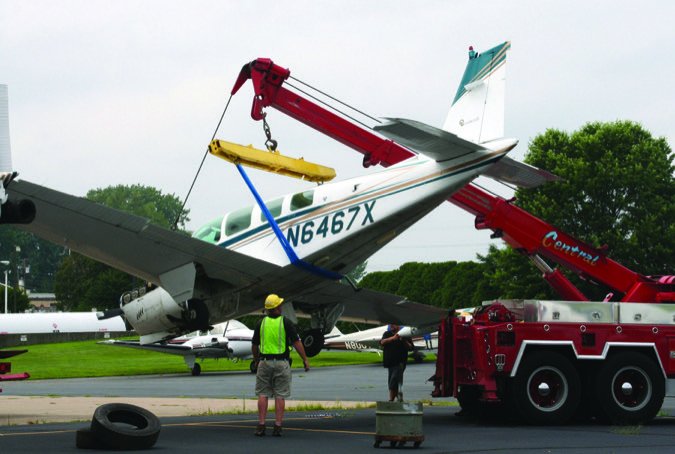
What is colloquially referred to as the “709 checkride” is technically a re-examination of a pilot’s certificate by the FAA because the pilot was involved in an incident or accident that triggered some question about her or his competence or ability to meet the qualifications of the certificates and/or ratings held. It’s triggered by a federal statute, 49 U.S.C. 44709(a). It states that the FAA may “at any time … re-examine an airman holding a certificate …” That’s pretty broad.
The FAA interpreted the statute in its massive Order 8900.1 Flight Standards Information Management System and established limits on the discretion given to it by Congress. Put simply, the FAA’s questioning of a pilot’s competence has to have some reasonable basis in the facts and circumstances of the incident. It has to be more than suspicion. Ground-looping and damaging the aircraft or forgetting the gear on landing are considered sufficient justification for requiring a 709-re-examination ride.
Our research and experience over the years with cases challenging 709 rides have led us to the conclusion that a pilot is not going to get far by refusing to take a 709 ride on the basis that the FAA did not have a reasonable basis for demanding it.
The Procedure
When the FAA decides that a pilot should be re-examined, it sends a certified-mail letter informing her of the fact and demands that she take a checkride with an FAA inspector within 15 days. The law gives the FAA the power to enforce the requirement, so blowing off the letter will, almost assuredly, result in a revocation of the pilot’s certificate and ratings—all of them.
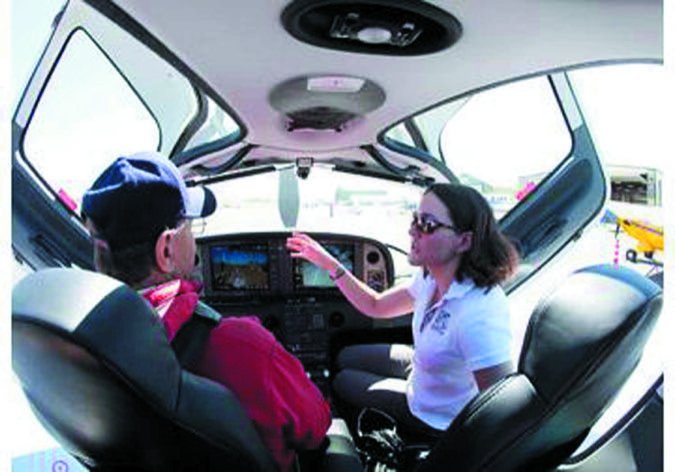
According to pilots and FAA inspectors we spoke with (none of whom would allow their names to be used for the record), so long as the pilot gets in touch with the FAA within a few days of receiving the letter, the FAA will give the pilot more than 15 days to schedule and take the checkride.
If a pilot is unwilling to take a 709 checkride, his sole option is to surrender his certificate. By regulation—FAR Part 61.27—the surrender of a certificate must be in writing and contain the specific language set out in the regulation. We recommend that any pilot considering surrendering his certificate consult with an aviation attorney before doing so.
The areas to be re-examined on the 709 must relate to the underlying incident. In our experience most involve landing incidents—so the 709 ride involves takeoffs and landings. The standard to which the pilot is held is the currently published Airman Certification Standards for the certificates the pilot holds (or Practical Test Standards if there is no appropriate ACS). If the FAA demands demonstration of tasks not reasonably related to the underlying incident, it’s grounds for objecting to that portion of the 709 ride.
Once the checkride is complete and the pilot passes, the inspector issues a letter of results and wishes the pilot a happy aeronautical life.
Failing the Ride
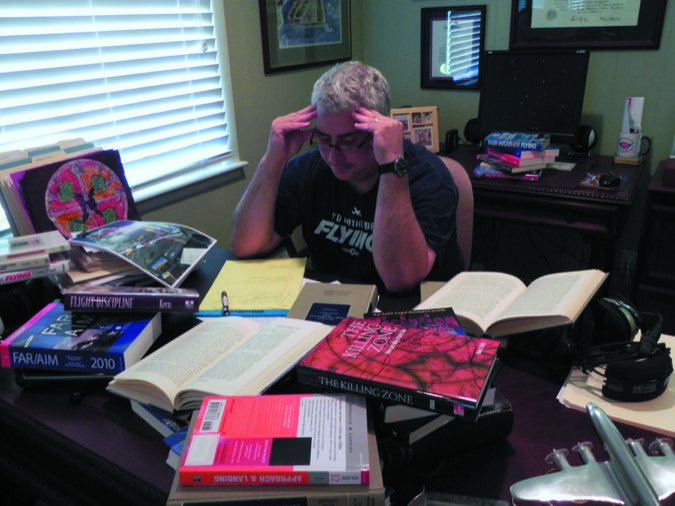
If the pilot does not pass, the inspector sits down with the pilot and details the specific areas where the pilot didn’t meet the standards of performance. If the inspector believes the pilot can meet the standards after some dual instruction, she will, almost always, allow the pilot to take another checkride within 30 days. FAA inspectors we spoke with said that they always make sure that the new checkride is with a different inspector because they do not want to be accused of having it in for the pilot.
If the inspector does not feel additional instruction will help or if the pilot fails a second time, the FAA initiates action to revoke the pilot’s certificates and ratings. There are procedures for the pilot to fight the revocation. Our observation is that that effort is almost invariably futile.
The Real World
Every FAA inspector we spoke with said that almost every pilot they flew with came in to the checkride terrified about the ride and embarrassed about the underlying incident. They said that they did their best to make the pilot feel at ease. Every pilot we spoke with expressed how appreciative he was that the FAA inspector was polite and empathetic about the pilot’s situation.
We were told by the FAA inspectors we spoke with that 95 percent of the time the pilot could meet the appropriate performance (and knowledge) standards and passed the 709 ride on the first try. They said that the other 5 percent demonstrated that they not only could not meet the performance standards—it was by a fairly wide margin. Most of those pilots realized it during the course of the ride and admitted they had lost a step—usually because of age—and it was time to stop flying. Those pilots surrendered their certificates, although with significant sadness.
The FAA inspectors we spoke with said that the “bad” situations were the pilots who clearly could not meet objective performance standards and also did not have the ability to self-evaluate or had some issue that caused them to believe that the FAA was out to get them. They told us that they always arranged for another checkride with a different examiner. In every instance, the pilot failed the second checkride, sometimes spectacularly. Even then, the pilot refused to admit she couldn’t meet performance standards, coming up with excuses and blaming everyone but herself. The second failure and refusal to accept it led to revocation actions against the pilots—all of whom lost. A few of those pilots sued the FAA for not giving them a fair checkride. All lost.
Real World 709
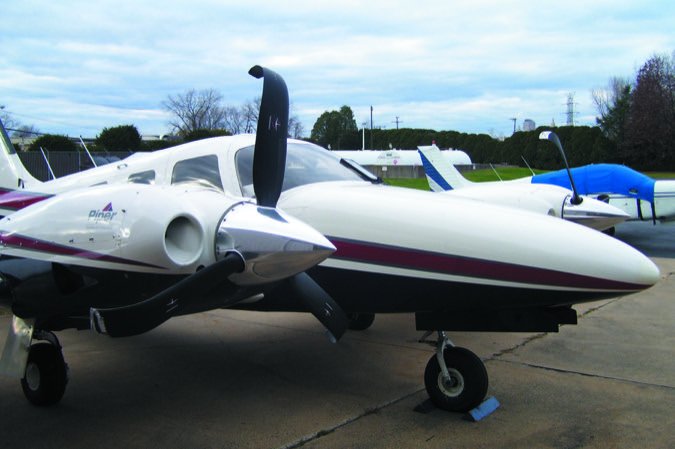
For nearly two years, the FAA has had its “Compliance Philosophy” in effect. Put simply, the FAA’s position is that a pilot who inadvertently violates a regulation and draws the attention of the FAA is more likely to follow the regulations in the future if he receives counseling from the FAA rather getting smacked with a certificate action and suspension.
Accordingly, the number of violation actions filed against pilots operating under Part 91 has fallen through the floor into the fourth subbasement. However, when a pilot inadvertently violates a reg or damages an airplane, the counseling he receives from the FAA may include a demand that he take a 709 ride. In our conversations with FAA inspectors we got no indication that the frequency for the number of 709 rides was up as a result of the FAA’s Compliance Philosophy.
From what we can tell the chances of a pilot being required to take a 709 ride after an oops haven’t changed.
That being the case, if the fickle finger of FAA fortune points at you and demands that you take a 709 ride, what do you do?
• First, take a deep breath. The odds are that your recent episode triggered a fairly mechanical decision-making process leading to the 709-ride demand—the FAA isn’t out to get you. There is not a nefarious plot to keep you from flying.
• Second, call an aviation attorney and discuss the situation. We’ve long recommended joining AOPA’s Legal Services Plan as it is inexpensive insurance for aviation legal issues. Even if you are not a member, calling them up can get you the names of some aviation attorneys in your area who can assist you. The idea is to make sure you understand the law, what you are facing and your options.
• Third, it’s likely that your next call should be to the inspector who sent you the letter. We recommend in the strongest terms that you arrange to take some dual before going for your 709 ride, so tell the instructor you are planning to do so. The inspector should allow you a reasonable period of time to get that done and schedule your ride accordingly. Before you terminate the call, make sure you understand the flight operations on which you will be examined so that you can tailor your dual.
• Fourth, schedule and fly at least twice with an instructor. Fly as many times as the instructor feels is necessary to get you up to speed to meet the ACS requirements on the flight operations you’re going to have to demonstrate. Get a blunt evaluation of your skills and judgment from the instructor. There’s no signoff for a 709 ride. However, if the instructor feels that you can’t pass it, make sure you know why. If you get into such a situation, a session with another instructor for another perspective is probably wise. We recommend that you keep your aviation attorney in the loop with your instructor so that you can make an informed decision as to whether to go forward with the 709 ride—or potentially surrender your certificate.
• Fifth, assuming your instructor and you are confident you can pass the 709 ride, go fly with the FAA. We understand that it will be a high-anxiety event. That being the case, there are two things to keep in mind: First, the fact that you took dual will be a strong positive in the inspector’s mind (we got that from every inspector) and second, your odds of passing are in the 95 percent range.
It’s Over
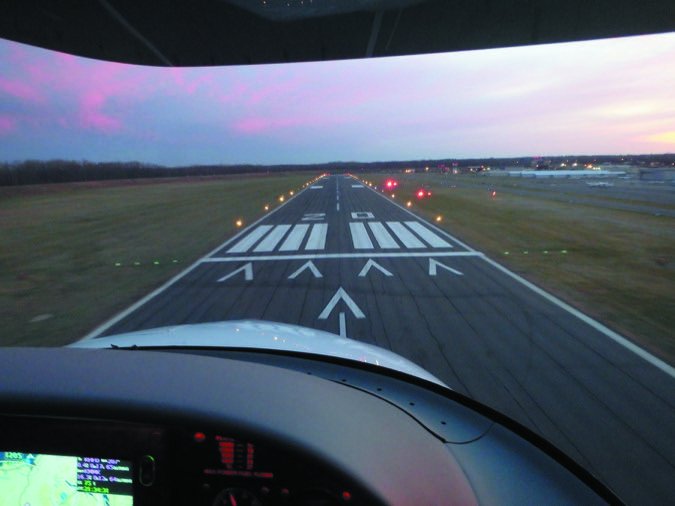
Some pilots told us that, oddly, they enjoyed the checkride because it was low key and the inspector shared some information that turned the session into a good learning experience.
While we are not claiming that a 709 ride is happiness and light, it should be far less intimidating than your private pilot checkride. We think that the overall experience will be that you’ll learn that your skills have degraded a bit—which resulted in the incident that started the whole thing—and that you should remain cognizant of the risks of skill deterioration. We also think that the combination of the dual you seek out and the give and take you have with the inspector will result in flaking a lot of the rust off of those skills. In our conversations with FAA inspectors all said that they couldn’t recall a single pilot who passed a 709 ride and later messed up again enough to come to their attention.
Finally, if you do fail a 709 ride, take it as a red flag that you’ve lost a step or two and it may be time to hang up the scarf and goggles. Talk frankly with the inspector—and schedule another ride. Then talk with your instructor, your aviation attorney and your family and do your best to stay objective. You may have just had a bad day and you’ll pass the next time you go fly with the FAA.
However, in our experience, the odds are that failing a 709 ride means that you’ve kept flying a little too long. It may be that the FAA has caught things before you hurt yourself or, worse, someone else. If you fail a second 709 ride and are convinced that it was someone else’s fault and/or the FAA was out to get you, we probably aren’t going to be able to convince you that maybe the problem lies with you. We recommend an article in our sister publication on an attorney’s perspective on when it’s time to stop flying at https://tinyurl.com/ycqzjn7e. It’s a tough decision, but all of us will have to face it.
Conclusion
Getting a letter demanding that you take a 709 re-examination ride ranks high on the unpleasant aviation experiences scale. However, if you approach the situation professionally and outline a strategy for preparing for the ride—including taking some dual—the odds are that you’ll do fine.
My dual-quad, posi-traction, FAA-mandated 709. Hmmm, a little problem with scansion, but hit songs have evolved from worse …

